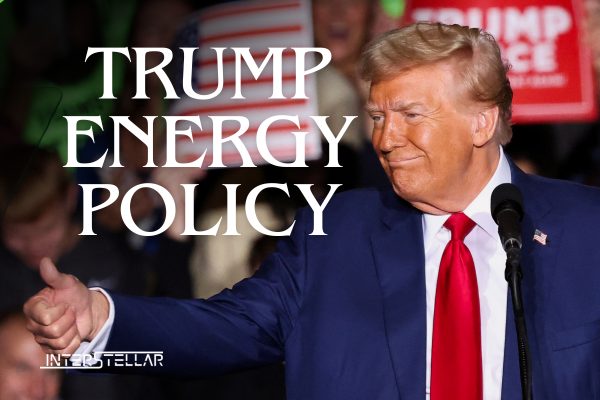Shift Towards Oil and Gas Under Trump’s Energy Plan
Donald Trump’s potential return to the White House would steer U.S. energy policy back toward boosting oil and gas production. Trump’s plans focus on increasing fossil fuel extraction, aligning with his promises to reduce climate-focused regulations. However, analysts suggest that Trump’s impact on the renewable energy sector would likely be limited. A major factor is the Biden administration’s Inflation Reduction Act (IRA), which secures substantial subsidies for solar, wind, and other clean energy projects through the next decade.
Despite Trump’s criticism of the IRA, repealing the law would require Congressional approval. This presents challenges, especially given the significant economic gains from clean energy investments in Republican-led states. Energy Fellow Ed Hirs from the University of Houston remarked, “This transition is well underway,” and Trump’s policies may not be able to halt it entirely.
Growth in Renewables Driven by Policy and Technological Advancements
Renewable energy remains the fastest-growing segment in the U.S. power grid, propelled by a mix of federal tax credits, state mandates, and advancements that have lowered costs. The Biden administration’s IRA, which became law in 2022, has allocated billions of dollars in clean energy subsidies aimed at decarbonising the power sector by 2035. This funding has already supported jobs and projects, particularly in red states where Trump has strong support.
Many of Trump’s allies benefit from IRA-driven clean energy investments, making it politically complex for him to repeal these benefits. Carl Fleming, a renewable energy policy advisor, noted that Trump could make adjustments “around the margins” by limiting federal agency budgets for clean energy grants and loans, but this would only impact a small segment of the broader market.
Potential Obstacles for Offshore Wind Projects
One area where Trump’s administration could impose substantial restrictions is offshore wind development. The Biden administration has aimed to expand offshore wind leases in federal waters, while Trump has pledged to halt offshore wind development, claiming it’s costly and harmful to marine life. Analysts believe Trump might implement a moratorium on new offshore wind leases, a stance supported by Bernstein Research.
Onshore renewables, however, are largely based on private land and would face fewer barriers under Trump. The onshore oil and gas industry, which has thrived with minimal federal intervention, is expected to remain largely unaffected. Trump’s previous support for fossil fuel industries could drive further oil and gas development, such as potential drilling in Alaska’s Arctic National Wildlife Refuge (ANWR). Although Biden blocked ANWR drilling, Trump could reinstate it—though the appeal of this area to companies remains uncertain.
U.S. Oil and Gas Production Unlikely to See Dramatic Shifts
The U.S. is already a leading oil and gas producer, benefiting from major production hubs like the Permian Basin in Texas and New Mexico. Trump’s administration initially boosted this growth by cutting regulations, and a second term could see further deregulation. Yet, Jesse Jones, head of North American Upstream at Energy Aspects, cautioned that “decisions on drilling ultimately depend on global market prices,” underscoring that companies respond to financial incentives rather than political policies alone.
As the global energy landscape evolves, the next administration will need to balance its approach to both fossil fuels and renewables to meet economic, environmental, and energy security goals.





